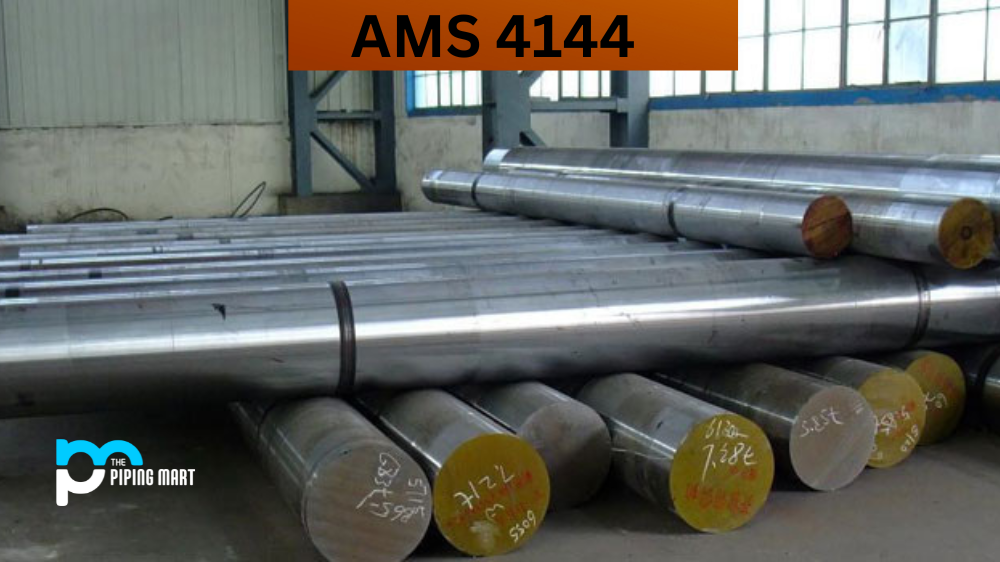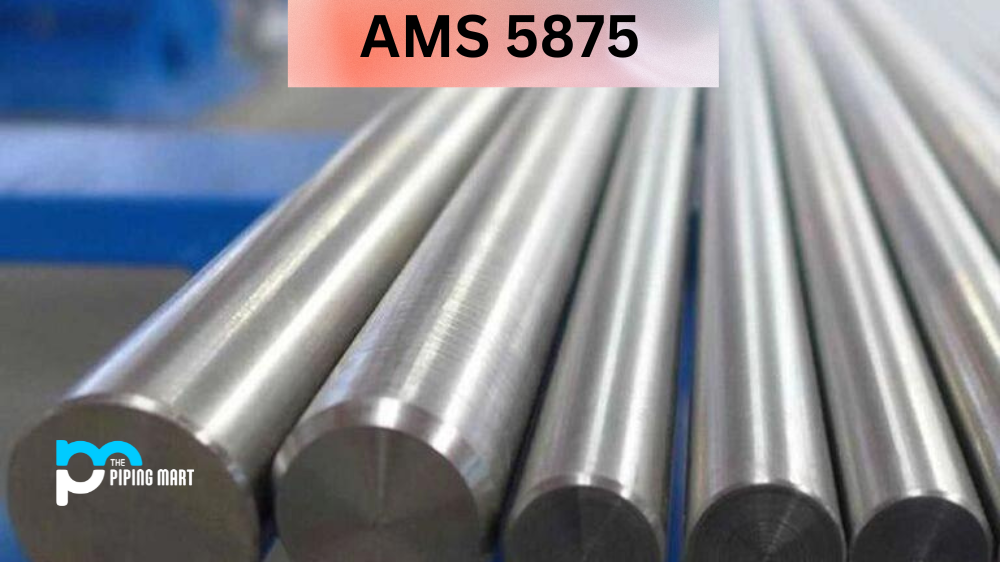Regarding aerospace engineering, AMS 4144 is a name that often comes up. This alloy has gained popularity because of its outstanding physical and mechanical properties, making it a favourite of designers and engineers worldwide. Whether you’re a seasoned aerospace engineer or just starting to learn about materials science, understanding AMS 4144 is essential. This blog will closely examine what AMS 4144 is, its composition, physical and mechanical properties, and its most common uses.
What is AMS 4144?
AMS 4144 (also known as Aluminum Alloy 2219) is a specification for a coating that is used in aircraft engines. Cadmium plating protects the engine parts from corrosion and wear. This specification outlines the requirements for the thickness and composition of the coating, as well as the testing procedures to ensure that it meets the necessary standards. The use of AMS4144 is critical to the performance and safety of aircraft engines, as it helps to prevent component failure due to corrosion or wear. By adhering to this specification, manufacturers can ensure that their engines are reliable and long-lasting, providing peace of mind to pilots and passengers alike.
AMS 4144 Composition
AMS 4144 is a nickel-chromium-molybdenum alloy that belongs to the 300 series of stainless steels. It is often called “HS-4144” or simply “4144”. The alloy composition typically contains 17% chromium, 11% nickel, 1.5% molybdenum, and 0.08% carbon. It is also rich in other elements such as manganese, silicon, sulfur, and phosphorus. Combining these elements makes AMS 4144 resistant to corrosion, heat, and wear, a property crucial for aerospace applications.
| Element | Content (%) |
|---|---|
| Aluminum, Al | 93 |
| Copper, Cu | 6.3 |
| Manganese, Mn | 0.3 |
| Zirconium, Zr | 0.18 |
| Vanadium, V | 0.10 |
| Titanium, Ti | 0.06 |
AMS 4144 Physical Properties
Regarding physical properties, AMS 4144 has a density of 7.94 g/cm³, a specific heat of 0.502 J/g°C, and a melting point of 1350-1400°C. Its electrical and thermal conductivity is relatively high, while its coefficient of thermal expansion is moderate. These properties make AMS 4144 an ideal alloy for applications that require excellent thermal and electrical conductivity.
In addition to its physical properties, AMS 4144 boasts exceptional mechanical properties. It has a tensile strength of 1380 MPa and a yield strength of 1280 MPa, higher than other stainless steels in the 300-series. Furthermore, it has a high hardness, with a Rockwell hardness of around 30 HRC. These properties make AMS 4144 ideal for components requiring high strength and toughness.
| Properties | Metric | Imperial |
|---|---|---|
| Density | 2.6-2.8 g/cm3 | 0.0939- 0.101 lb/in3 |
| Melting point | 510°C | 950°F |
AMS 4144 Mechanical Properties
| Properties | Metric | Imperial |
|---|---|---|
| Tensile strength | 170 MPa | 24656 ksi |
| Yield strength | 76 MPa | 1022 ksi |
| Fatigue strength | 105 MPa | 15229 |
| Elastic modulus | 70-80 GPa | 10153-11603 ksi |
| Poisson’s ratio | 0.33 | 0.33 |
| Elongation | 18% | 18% |
AMS 4144 Heat Treatment
Regarding heat treatment, AMS 4144 can be subjected to various processes to enhance its properties. Annealing can be done to improve its elasticity while quenching and tempering can be done to improve its toughness and hardness. Solution annealing can also be done to minimize stress, prevent corrosion, and maintain high-quality physical and mechanical properties.
AMS 4144 Equivalents
| AMS 4066 | ASTM B211 | ASTM B247 | MIL A-46808 | QQ A-367 |
| AMS 4068 | ASTM B221 | ASTM B316 | MIL A-8920 | QQ A-430 |
| ASTM B209 | ASTM B241 | MIL A-46118 | QQ A-250\30 | SAE J454 |
AMS 4144 Uses
Finally, AMS 4144 is commonly used in aerospace applications requiring high strength and corrosion resistance. It is commonly used in components such as turbine blades, shafts, and fasteners, as well as in gas turbine engines and compressor components.
Conclusion:
AMS 4144 is a nickel-chromium-molybdenum alloy that offers exceptional physical and mechanical properties. Its composition makes it resistant to heat, wear, and corrosion, while its high strength and hardness make it ideal for aerospace applications. Heat treatment processes such as annealing, quenching, and tempering can enhance its properties, while its most common applications include turbine blades, shafts, and fasteners. Understanding AMS 4144 is crucial for aerospace engineers and designers who seek to build high-performance components that can withstand extreme conditions.

Meet Bhavesh, a seasoned blogger with a wealth of knowledge and experience. From metal products manufacturing to retail, Bhavesh has a diverse background in various industries and is dedicated to sharing his insights and expertise with readers.




